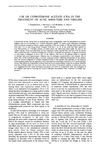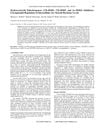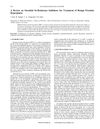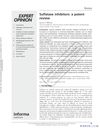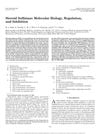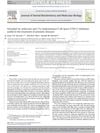Androgenic and Anti-Androgenic Effects of Progesterone Derivatives with Different Halogens as Substituents at the C-6 Position
June 1999
in “
Steroids
”
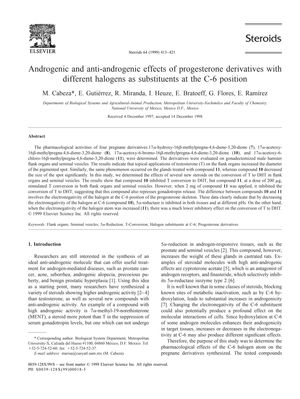
TLDR Different halogens on progesterone derivatives can either block or mimic male hormone effects, depending on their type and amount.
The 1999 study explored the impact of halogen substitution on the androgenic and anti-androgenic activities of progesterone derivatives. Four compounds were synthesized and tested on castrated male hamster flank organs and seminal vesicles. Compounds 7 and 8 were inactive, while compound 10, with a bromine atom, showed anti-androgenic effects by inhibiting the conversion of testosterone to dihydrotestosterone (DHT). Compound 11, with a chlorine atom, exhibited androgenic effects at low doses but anti-androgenic effects at high doses by inhibiting DHT formation. The study concluded that the electronegativity of the halogen at the C-6 position is critical in determining the biological activity of these steroids, with potential implications for treating androgen-dependent diseases. Compound 10 inhibited T to DHT conversion, while compound 11 had a dose-dependent effect on this conversion and protein synthesis in seminal vesicles, suggesting the importance of halogen electronegativity in these processes.
